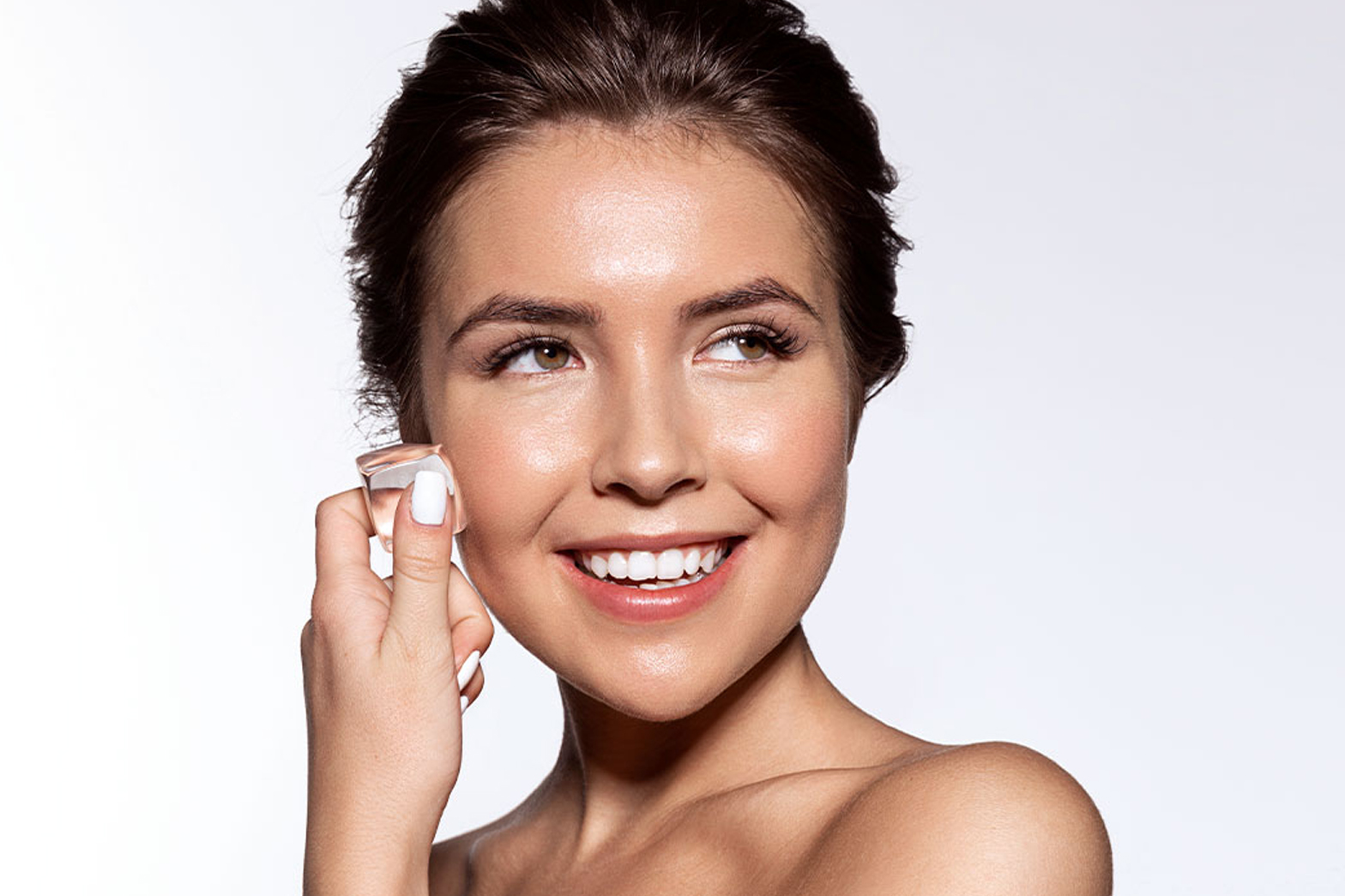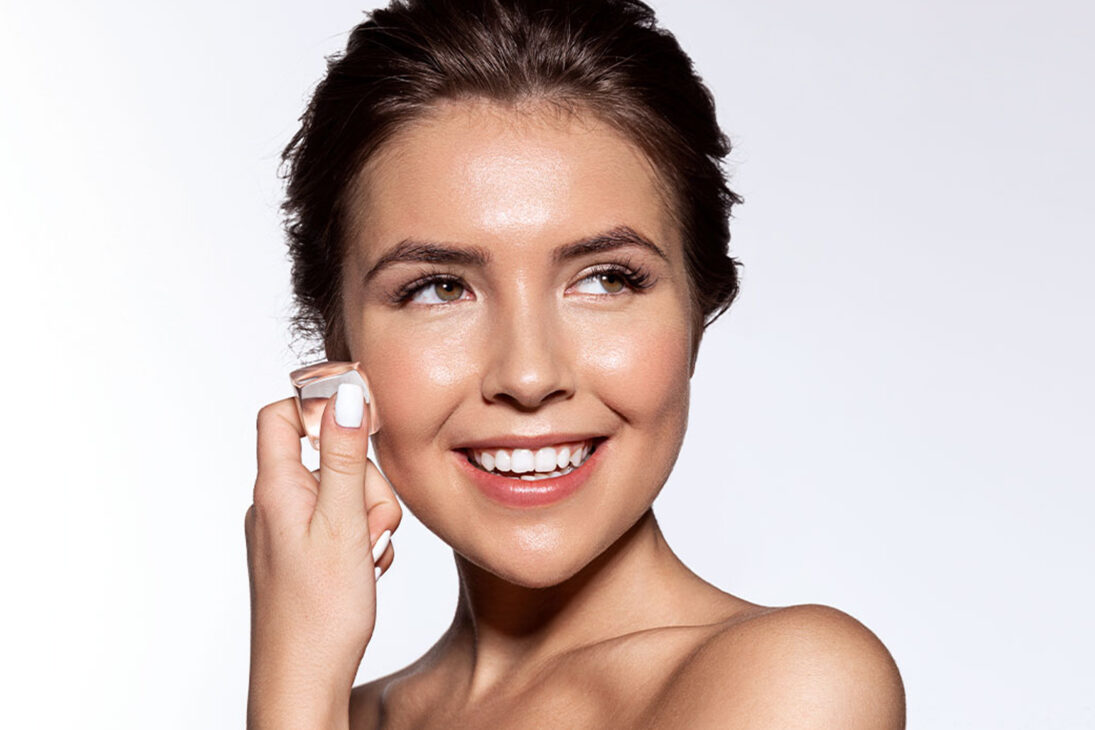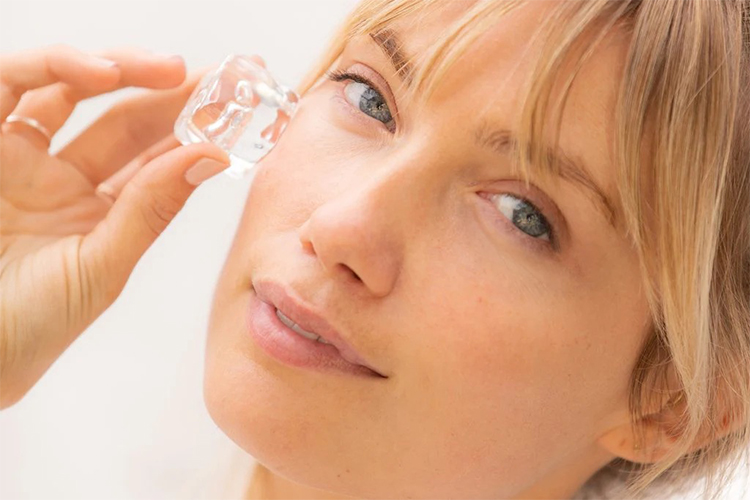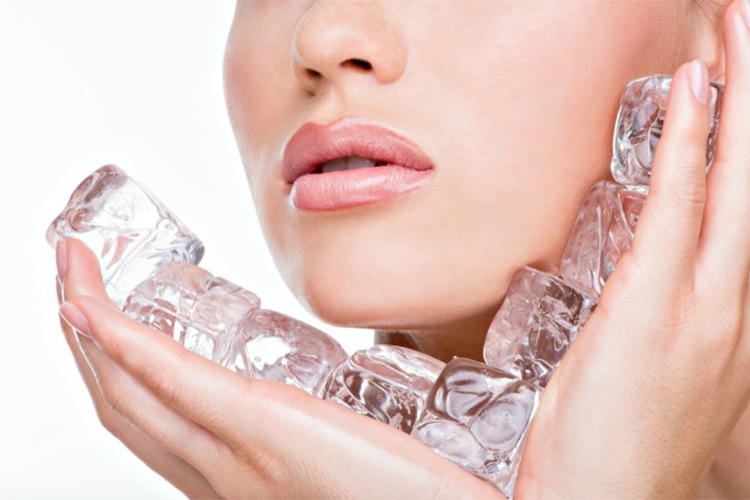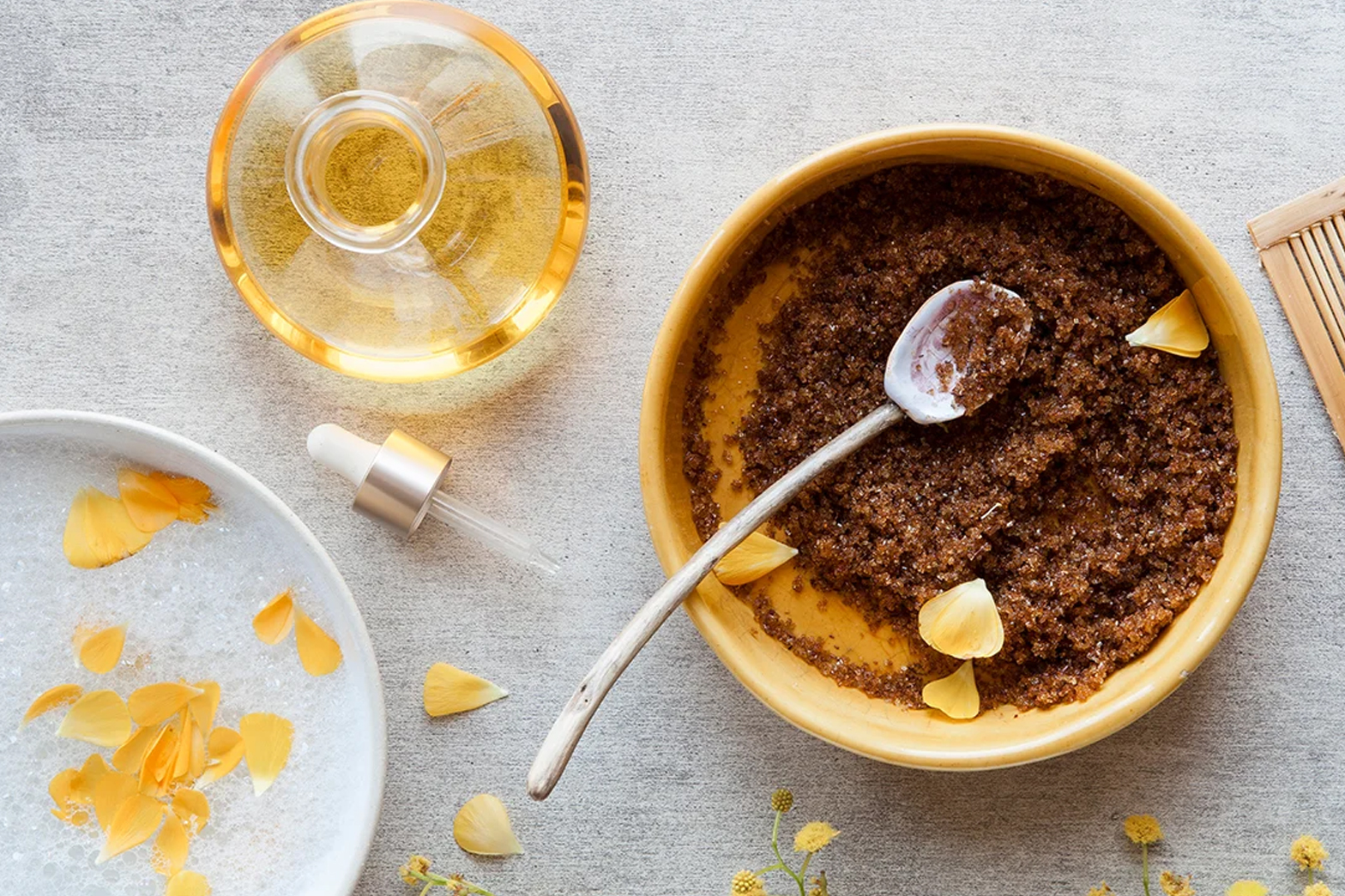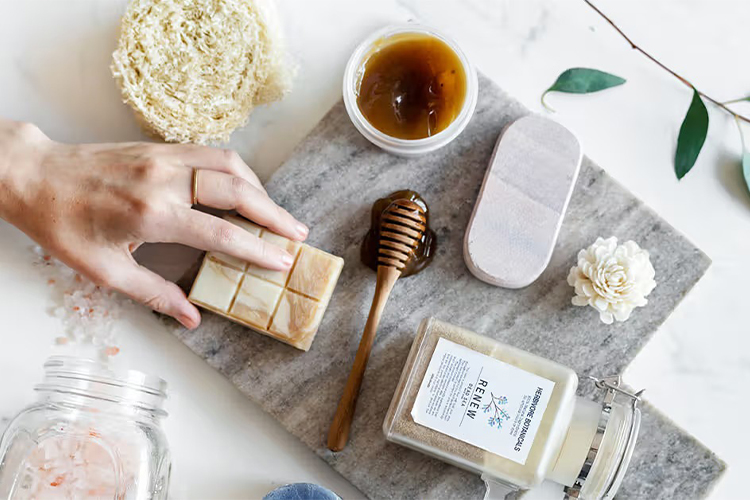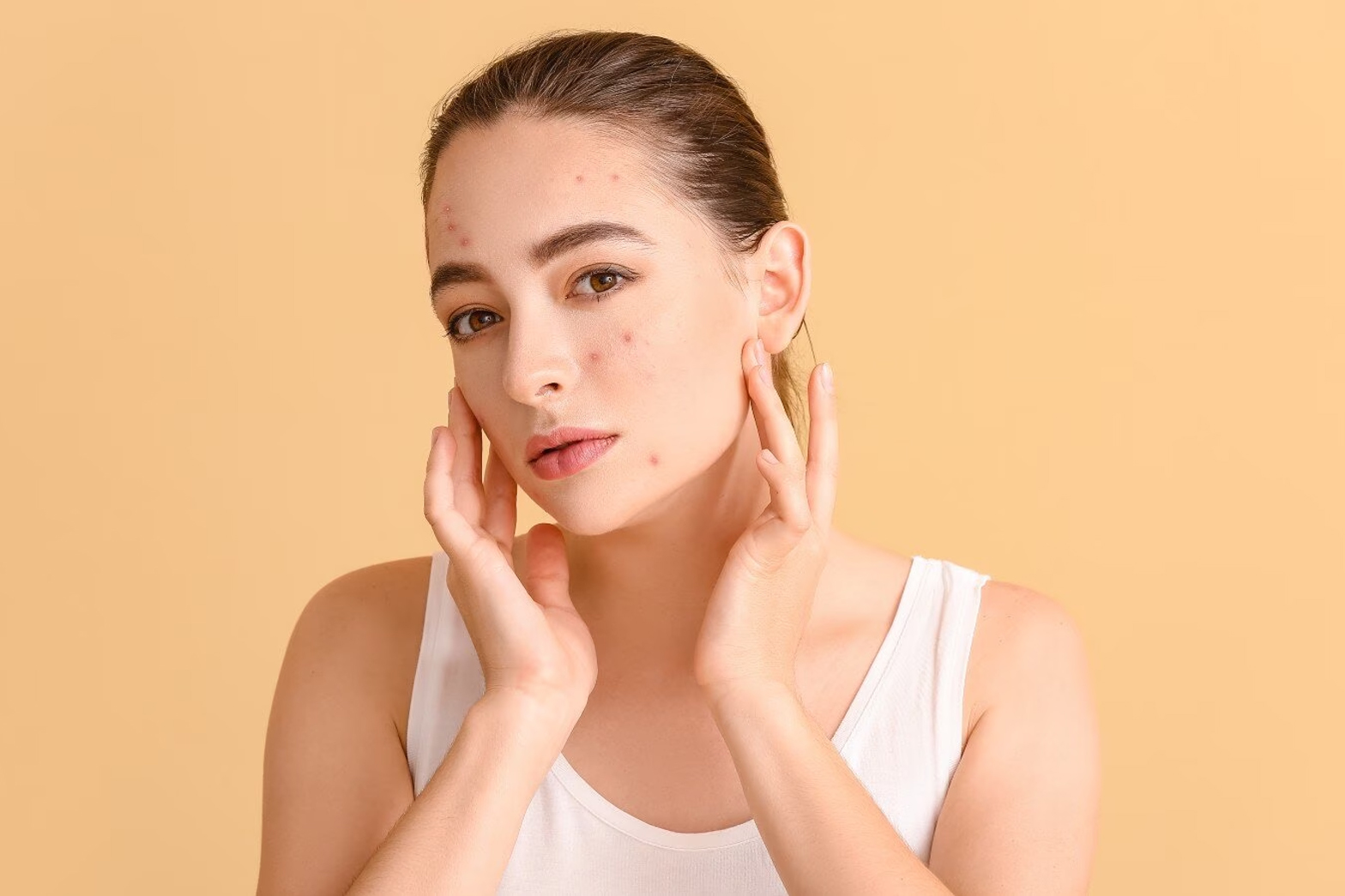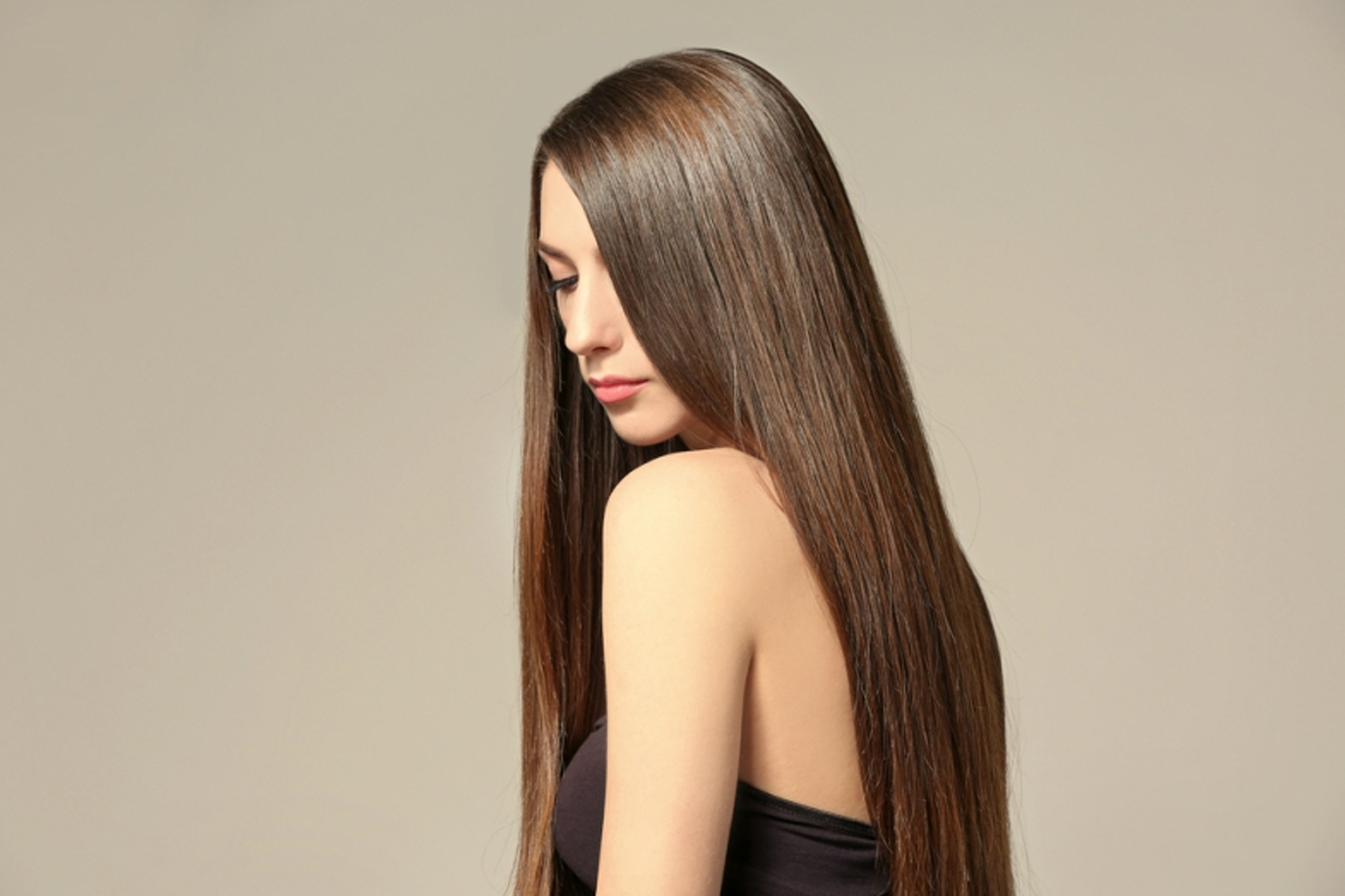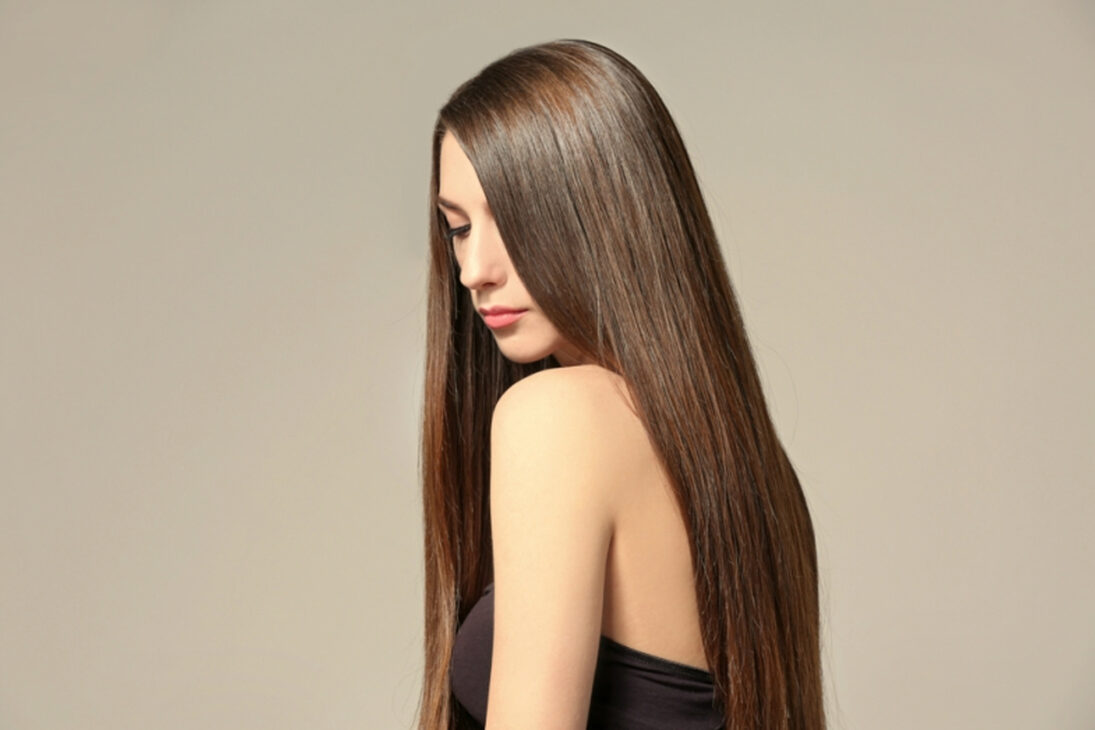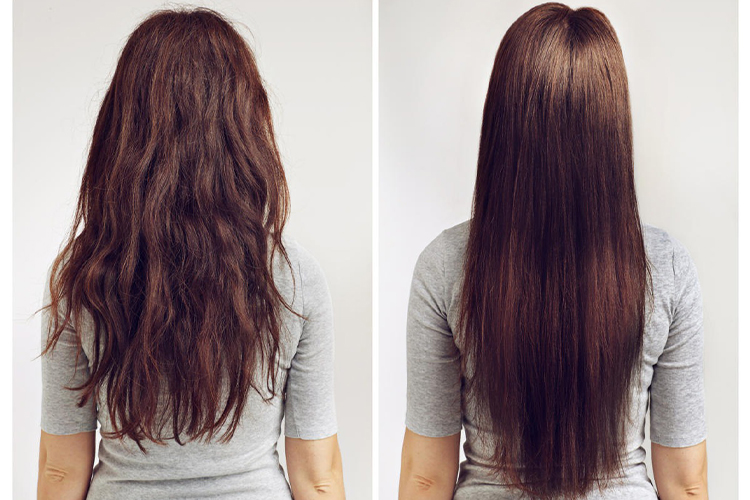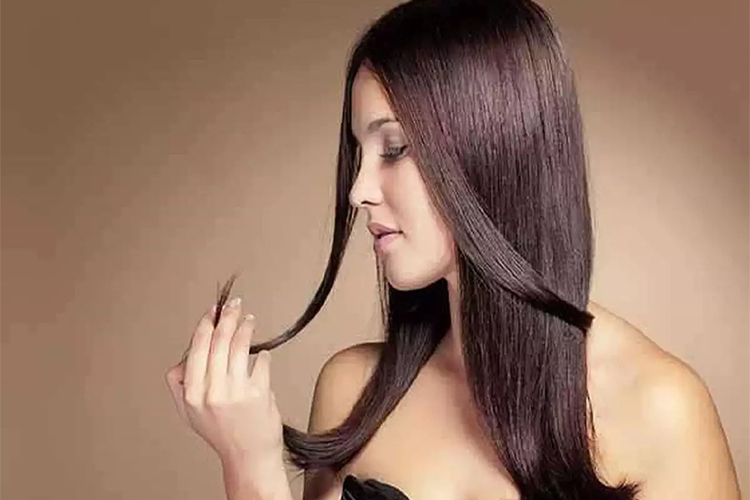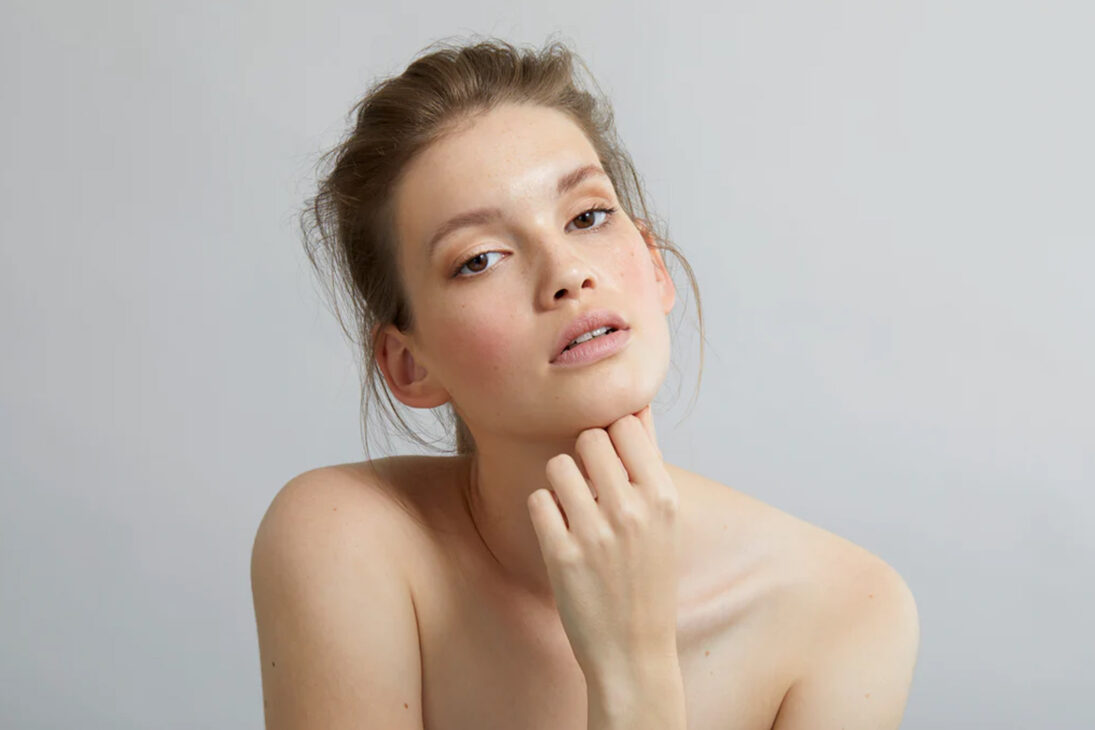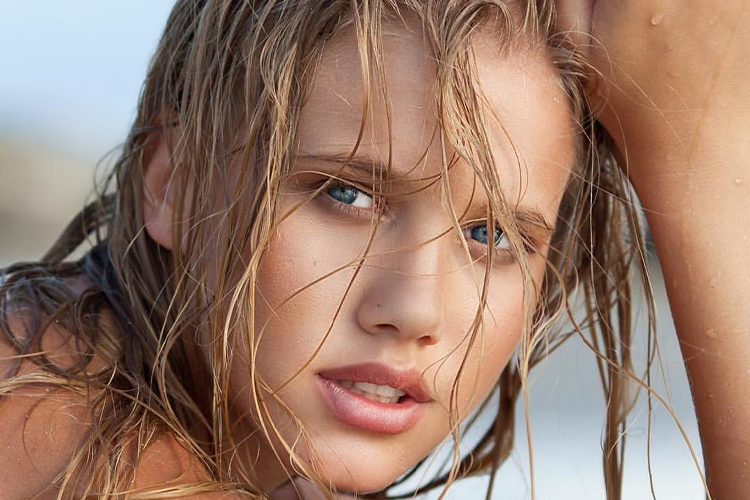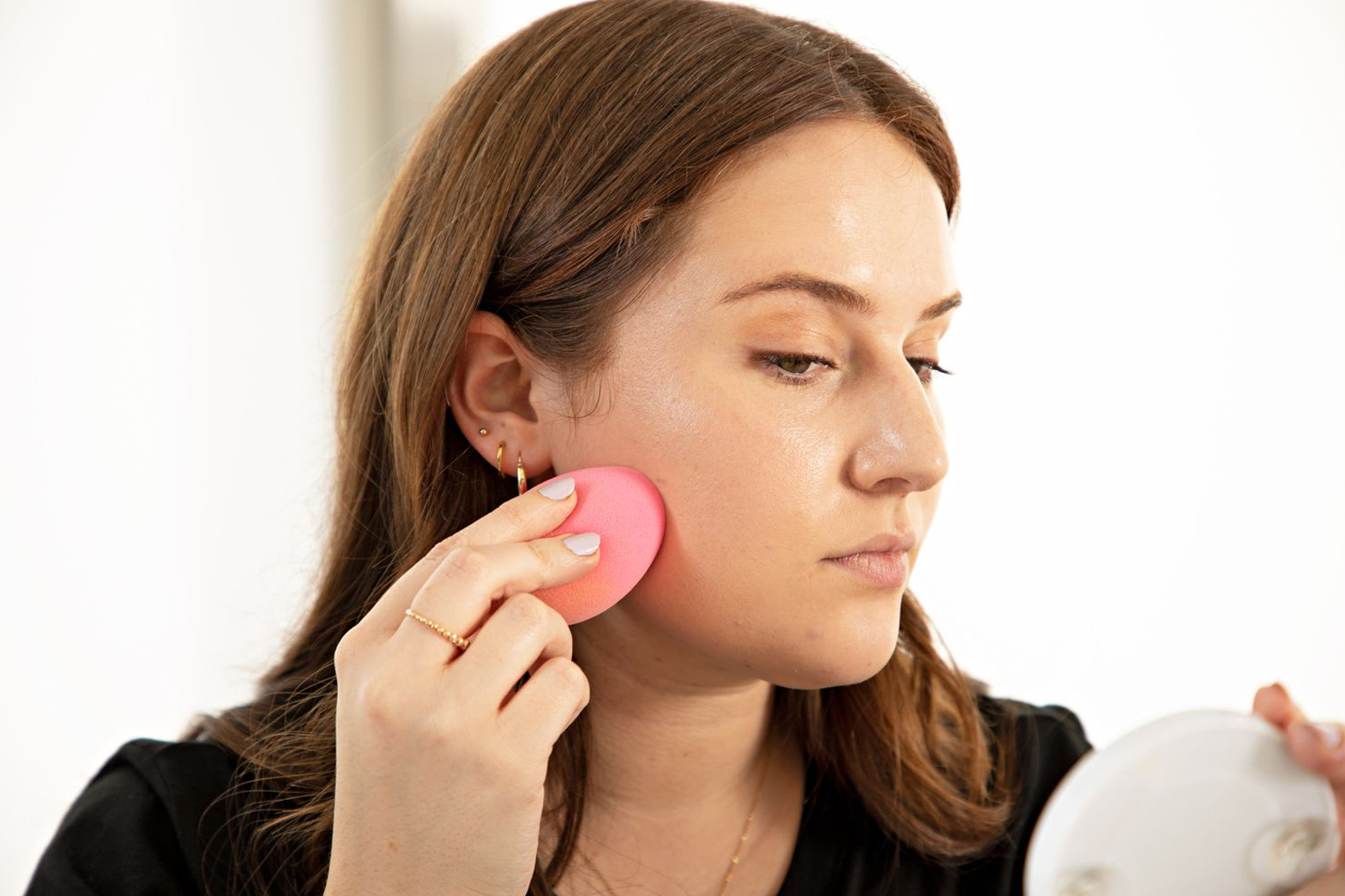
“Essential Arsenal: Top 10 Products Every Oily Skin Enthusiast Should Own”
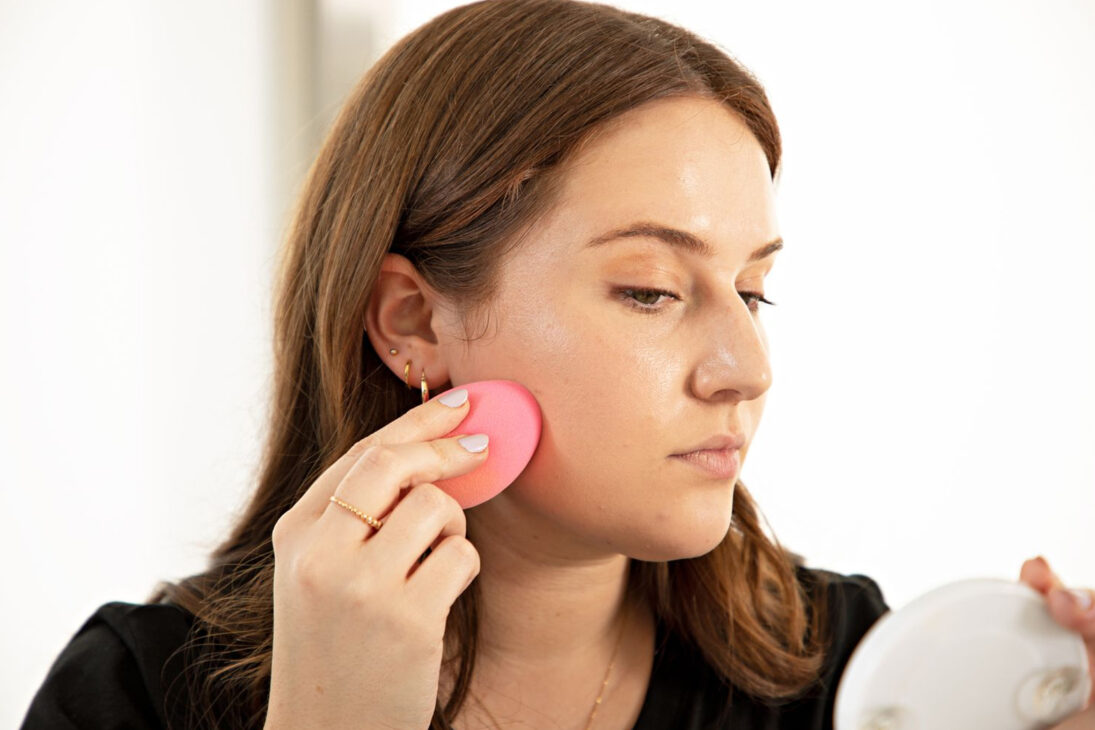
Does oily skin irritate you? Are you struggling with acne breakouts and pimples? Oily skin is a normal skin condition but it also has its own disadvantages.
Are there any specific products that can help you treat oily skin? Well, there are! Would you like to get to know her? Then you shouldn’t miss this post!
1. Primer:
If you have oily skin, the most important product in your makeup kit should be a facial foundation. Yes, it is an essential makeup product if you want long-lasting makeup. Oily skin comes off makeup easily; Therefore, you will notice your makeup products fading, melting, creasing, and smudging. Whether you prefer a feminine, soft or dramatic makeup look, a face primer should be applied before foundation. This application increases the longevity of your makeup products, whether highlighter, blush or bronzer. This means they glide better and appear visibly brighter. All you need is a small drop of the product to massage and smooth the skin for flawless makeup.

2. Cleaner:
Most people with oily skin choose heavy-duty formulas that often leave skin dry and dull. They strip the skin of all its natural oils and make it lifeless. Instead, try using a mild, oil-free cleanser to gently cleanse your face. The cleanser should be able to remove deep impurities from the skin that stand in the way of your true beauty. The cleansing treatment helps to prevent pore blockages and pimples.
3. Face Masks:
Face masks are specifically designed for oily skin types. This product controls excess oil production in the skin. They are easily available. But if you are someone who prefers natural recipes to treat your skin without damaging it with chemicals, you can try homemade face masks.
4. Scrubbing:
Scrubs help exfoliate the skin from the inside out to remove dead skin cells and blackheads, unclog pores, and remove other impurities. Take a coin-sized amount of your favorite scrub and gently apply it to your face for about two minutes. Then leave it on for a minute and rinse with cold water.
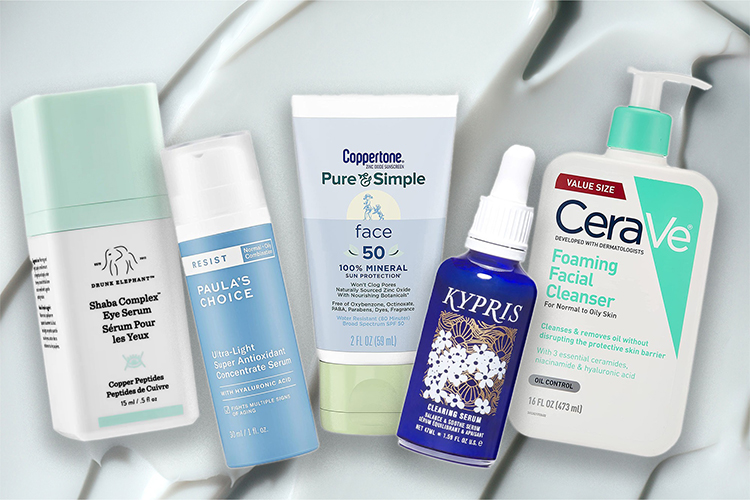
5. Steamer:
An electronic steamer is a good investment for your skin. Steaming helps open your pores and remove dirt and debris from your skin. You can also use a bowl of hot water and steam your skin; this will serve exactly the same purpose. Pour hot water into a large bowl, hold your face over the steam, and cover your head with a towel to prevent the steam from escaping.
6. Waterproof Kajal and Liner:
With normal kajals and eyeliners, oily eyelids can slip and wrinkle. Whether you use a simple liquid liner or a colored liner, an eye pencil or a liquid pencil, choose a formula that is waterproof and smudge-proof. Both work well for oily skin as they last a long time!
7. Oil-free compact:
Oil-free compact products control shine, greasiness and oil in the skin. The powder formula mattifies your skin immediately. You can choose between a compact form or loose powder. Any powder needs to be lightweight, blend easily, provide a matte finish, and prevent pore clogging. People with oily skin should look for non-comedogenic products that prevent breakouts and blackheads since they won’t clog pores.
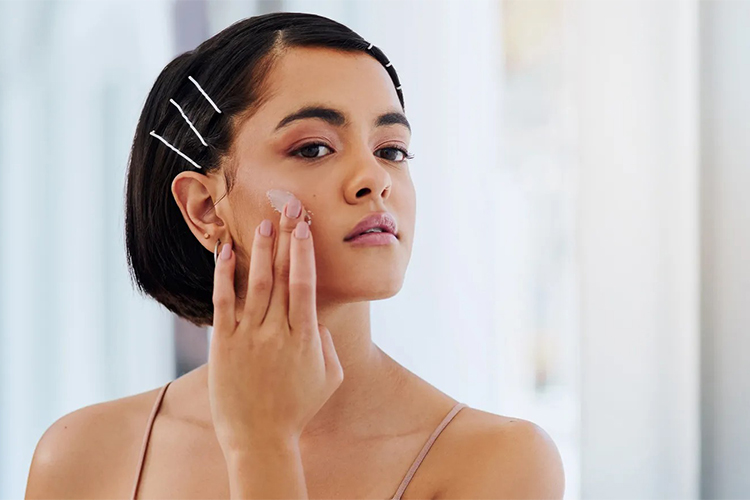
8. Mineral Base:
Another task is choosing a foundation for oily skin. You should always choose lightweight products that won’t clog your pores. Mineral formulations are light on the skin, oil-free and provide a matte finish. They also provide good coverage, provide SPF, help fade blemishes and heal breakouts, making them ideal for those with sensitive and oily skin.
9. Oil blotter sheets:
Oil blotting wipes are one of the best makeup products for oily skin. Most people with oily skin use a lot of compact powder to mattify their skin. However, they are less aware that this leads to clogging of pores. The smart choice is to opt for oil-absorbing sheets. They help to instantly absorb excess oil and shine from the face. The added benefit is that it won’t smudge your makeup or leave any residue on your skin. These are soft, silky sheets that are easy to use. Gently pat around your T-zone and any oily areas of your face to instantly remove oil.
10. Makeup Setting Spray:
Does your foundation fade easily and leave oily on your skin? Then you should buy a good makeup facial spray. Simply spray a few pumps of the makeup setting spray onto your face. It helps your makeup last almost all day.
There you will find the best products for oily skin. Is your skin also oily? What is your favorite product to keep skin fresh and oil-free? Please let us know in the comments section below.
Share

